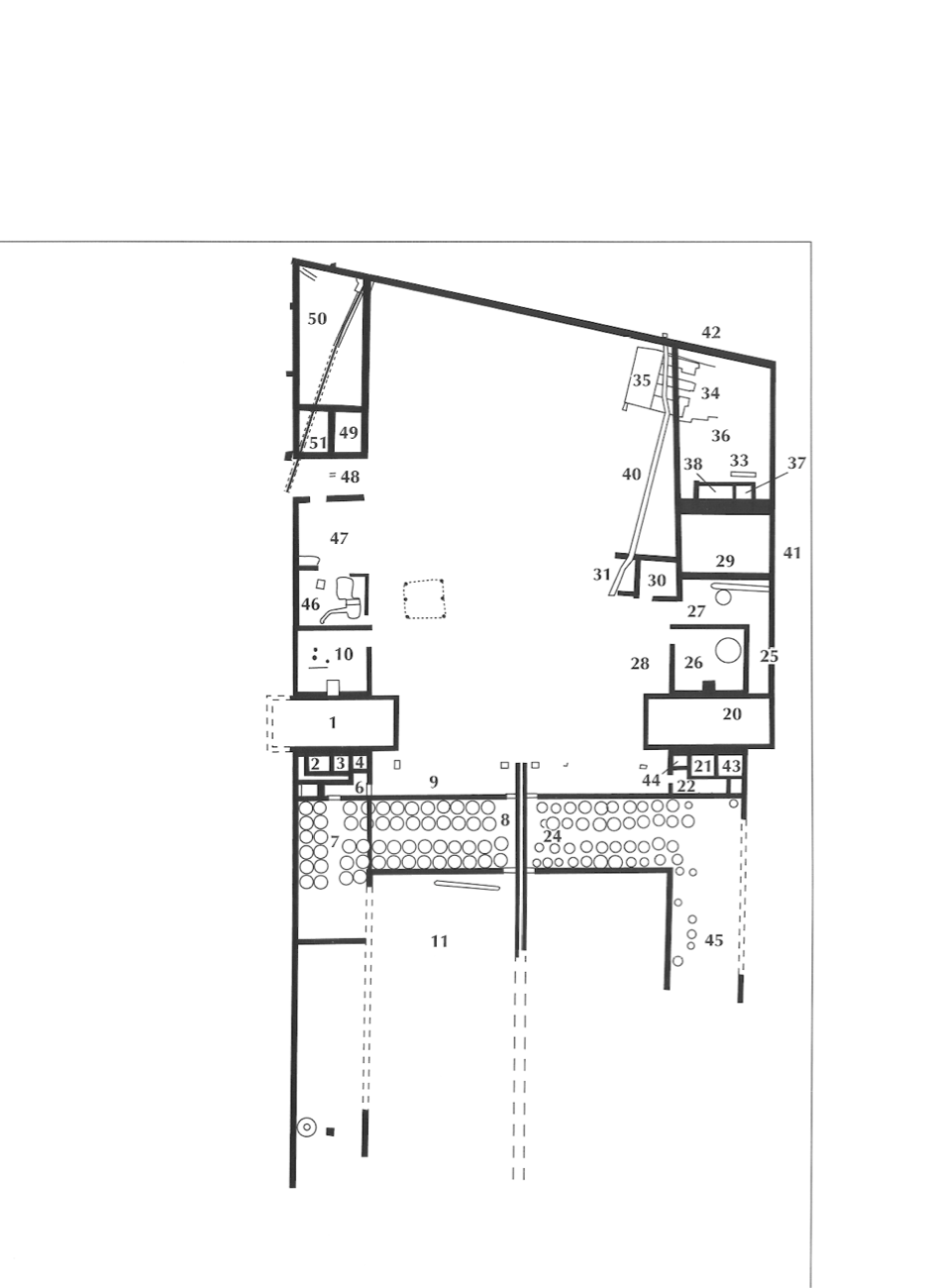|
 La villa romaine - Rians, France
N 43° 37.045 E 005° 42.629
31T E 718706 N 4832951
Ce vestige est actuellement à l'abandon alors qu'il recèle encore des trésors du patrimoine
Waymark Code: WM11P2J
Location: Provence-Alpes-Côte d'Azur, France
Date Posted: 11/24/2019
Views: 9

Source : La villa romaine
Un grand merci à Tineochris pour faire connaître le patrimoine de Rians dont cette villa.
Most Relevant Historical Period: Roman Empire > 27 B.C.

Admission Fee: free

Opening days/times:
24/7/366

Condition: Some remaining traces (ruins) or pieces

Web Site: Not listed

|
Visit Instructions:
A complete sentence or two or an uploaded photo taken by the waymarker will be required in the log to confirm that the logger is participating in the hobby in good faith. Logs of only a few words like "Visited it" without an original photo are subject to deletion.
Recent Visits/Logs:
| There are no logs for this waymark yet. |
|
|
|
|